New rules for minimum pension payments Posted on October 9, 2018

The tax office has recently announced that if the total payments in an income year to a member are less than the minimum payment amount for a super income stream, the Commissioner’s powers of general administration may be exercised to allow the fund to continue to claim ECPI where an honest mistake is made by the trustee resulting in a small underpayment (does not exceed one-twelfth of the minimum pension payment) of the minimum payment amount for a super income stream and the matter was outside the control of the trustee.
Trustees are able to self-assess the shortfall as long as upon the trustee becoming aware that the minimum payment amount was not met for an income year, the trustee makes a catch-up payment as soon as practicable in the following (current) income year.
New Strategy

Create a loan account
Problem: The common reason why the minimum amount is not withdrawn by members is because some members have income outside super and they do not want to reduce their super balance by withdrawing or sometimes they just forget to withdraw!
Many trustees withdraw the minimum amount on 29th June and contribute it back on 1st July (two days later), however, this strategy has a problem for members who are (both) over 65 years old as there is a work condition linked to any further contributions. To counter this problem you can put in place a strategy as soon as the member moves to pension phase whilst the member is under 65 years.
Solution: Provided the minimum amount is withdrawn when the pension commences, any further amounts withdrawn in that financial year, should be “treated” as a loan to a related party and not as pension payment.
The three major benefits of this strategy are:
-
It improves the tax situation of the member if he is below 60 years whereby he can disclose lower taxable income.
-
Any interest payment to the fund may be claimed as a tax deduction by the related party if the withdrawal amount is used for income earning activity with interest income being tax free to the fund.
-
The member can return the related party loan in lieu of compulsory minimum pension payments even if the member reaches age 65, thereby solving the contribution problem.
A pension withdrawal above the minimum amount is an essential element to the success of this strategy. This excess withdrawal is quite common where the member withdraws a one-off excess amount, usually after turning 60, to pay off a home loan or an investment loan or to help kids with their first home etc.
So, how does a pension commence in a SMSF?
A member, on reaching preservation age requests the SMSF trustees to commence a pension. Pension can be commenced from a part or full account balance of the member at the commencement day.
Trustees must review the request of the member; check the governing rules if they allow payment of requested pension by the member and if all is well enter into a “pension agreement” to pay pension to the member.
The commencement day of a pension is the first day of the period to which the first payment of the pension relates. This will generally be determined by the governing rules and “pension agreement” with the member of the fund.
If you plan to commence a pension at the beginning of the year, the commencement day should be 30th June, not 1st July because the assets would be considered to be in accumulation phase for one day and you will need an actuarial certificate for that one day.
If your trust deed does not allow payment of account based pension as a SMSF trustee, you may need to amend your fund trust deed so that it meets the minimum pension standards.
What are minimum pension standards?
The minimum standards mean that the super pensions you pay must satisfy all of the following requirements:
-
The pension must be account-based, except in limited circumstances.
-
You must pay a minimum amount at least annually.
-
You cannot increase the capital supporting the pension using contributions or rollover amounts once the pension has started. All new contributions and rollovers must go into a newly created accumulation account.
-
A pension being paid to a member who dies can only be transferred to a dependant beneficiary of that member.
-
You cannot use the capital value of the pension or the income from it as security for borrowing.
-
Before you can start converting a pension into a lump sum payment, you must pay a minimum amount in certain circumstances.
Member must withdraw minimum amount
A SMSF member on pension must withdraw the minimum amount each year. The minimum amount is worked out using the formula:
Account Balance x Percentage factor
Account balance means the members pension account balance on 1 July in the financial year in which the payment is made or if that year is the year in which the pension payments commence the account balance on the commencement day of the pension.
Percentage factor means the percentage factor specified in the item in the table that applies to the beneficiary because of the beneficiary’s age on 1st July in the financial year in which the payment is made, or if it is the pensions first year the table must be applied proportionally to the number of days in the financial year that include and follow the commencement date.
The minimum amount determined is to be rounded to the nearest 10 whole dollars. If the amount ends in an exact 5 dollars, it is to be rounded up to the next 10 whole dollars.
|
Age
|
Percentage of Account Balance
|
|
|
|
|
2007-08
|
2008-09
2009-10
2010-11
|
2011-12
2012-13
|
|
Under 65 |
4% |
2% |
3% |
|
65-74 |
5% |
2.5% |
3.75% |
|
75-79 |
6% |
3% |
4.5% |
|
80-84 |
7% |
3.5% |
4.5% |
|
85-89 |
9% |
4.5% |
6.75% |
|
90-94 |
11% |
5.5% |
8.25% |
|
95 or more |
14% |
7% |
10.5% |
Example
Albert commences an account-based pension on 1 January 2013 at age 66. His pension account balance on the commencement day is $250,000.
The minimum annual payment amount would be $12,500 (5% of $250,000). However, as the pension commenced on 1 January 2013, the required minimum amount is calculated proportionately from the commencement day to the end of the financial year:
$12,500 (minimum annual payment amount) x 182 days (days remaining)/ 365=$6,233.
The minimum payment required for the 2013-14 financial year is $4,670 (75% of $6,233 and rounded down to the nearest $10).
Running a super income stream

Once an account based pension commences, there is an ongoing requirement for you, as trustee, to ensure the minimum pension standards in the SIS Regulations are met.
If any of the requirements if the SIS Regulations are not met in an income year both of the following apply:
1. A super income stream ceases for income tax purposes
2. We consider the trustee has not been paying an income stream at any time during the year.
Tax implications for a Pension fund
Once a complying super fund starts to pay a super income stream, it may be entitled to exempt a portion of the income earned from the fund’s assets until such time as the pension ceases. This is referred to as ‘exempt current pension income’ (ECPI).
ECPI does not include assessable contributions or non-arm’s length income.
There are two ways of working out the fund’s exempt current pension income. One method requires the trustee to segregate assets used to support the super income stream. The other requires the trustee to obtain an actuarial certificate which specifies the proportion of total income that may be exempt.
When starting a super income stream, the trustee will need to consider how the ECPI will be worked out. Should an actuarial certificate be required this must be obtained by the trustee before lodgement of the fund’s annual return.
If minimum pension payment are not paid
If a fund fails to meet the minimum pension payment requirements for an account-based pension in an income year, the super income stream will have been taken to have ceased at the start of that income year for income tax purposes.
From the start of the income year the account is no longer supporting a super income stream and any payments made during the year will be super lump sums for both income tax and SIS Regulations purposes.
This is the case even if the member remains entitled to receive a payment from the fund for the pension under the governing rules or under general trust law concepts. This means the fund will not be entitled to treat income or capital gains as ECPI for the year.





